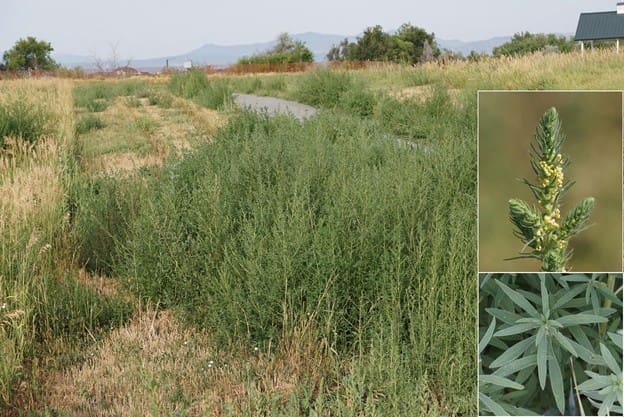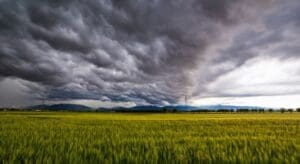A Kansas State University weed specialist is advising farmers to watch for early-emerging kochia, a weed that competes with crops for nutrients, water, and sunlight. Kochia is one of the first summer annual weeds to appear in the spring. In 2024, it was found as early as February 7 after a late January snowstorm and mild temperatures in early February, similar to conditions seen in Kansas this year.
Early kochia growth depletes limited spring soil moisture in dryland fields, making early control critical for good crop yields. The weed often emerges in dense populations, making herbicide coverage challenging. Glyphosate-resistant kochia is also widespread in western Kansas.
To manage kochia effectively, applying pre-emergence herbicides in late winter or early spring is key. A successful program includes:
- A highly soluble herbicide like dicamba that requires minimal precipitation for activation.
- A longer-lasting residual herbicide like atrazine, which needs about ¾ inch of precipitation for proper incorporation.
Because winter precipitation is often insufficient to activate residual herbicides, dicamba can provide 4-6 weeks of control until atrazine takes effect. The best time for application is typically January through early March. Other effective pre-emergence herbicides include mesotrione, metribuzin, saflufenacil (Sharpen), and sulfentrazone. Farmers should check product labels for crop-specific planting intervals.
For more details on kochia control, farmers can refer to the K-State Research and Extension publication Chemical Weed Control for Field Crops, Pastures, Rangeland and Noncropland or visit local extension offices.













